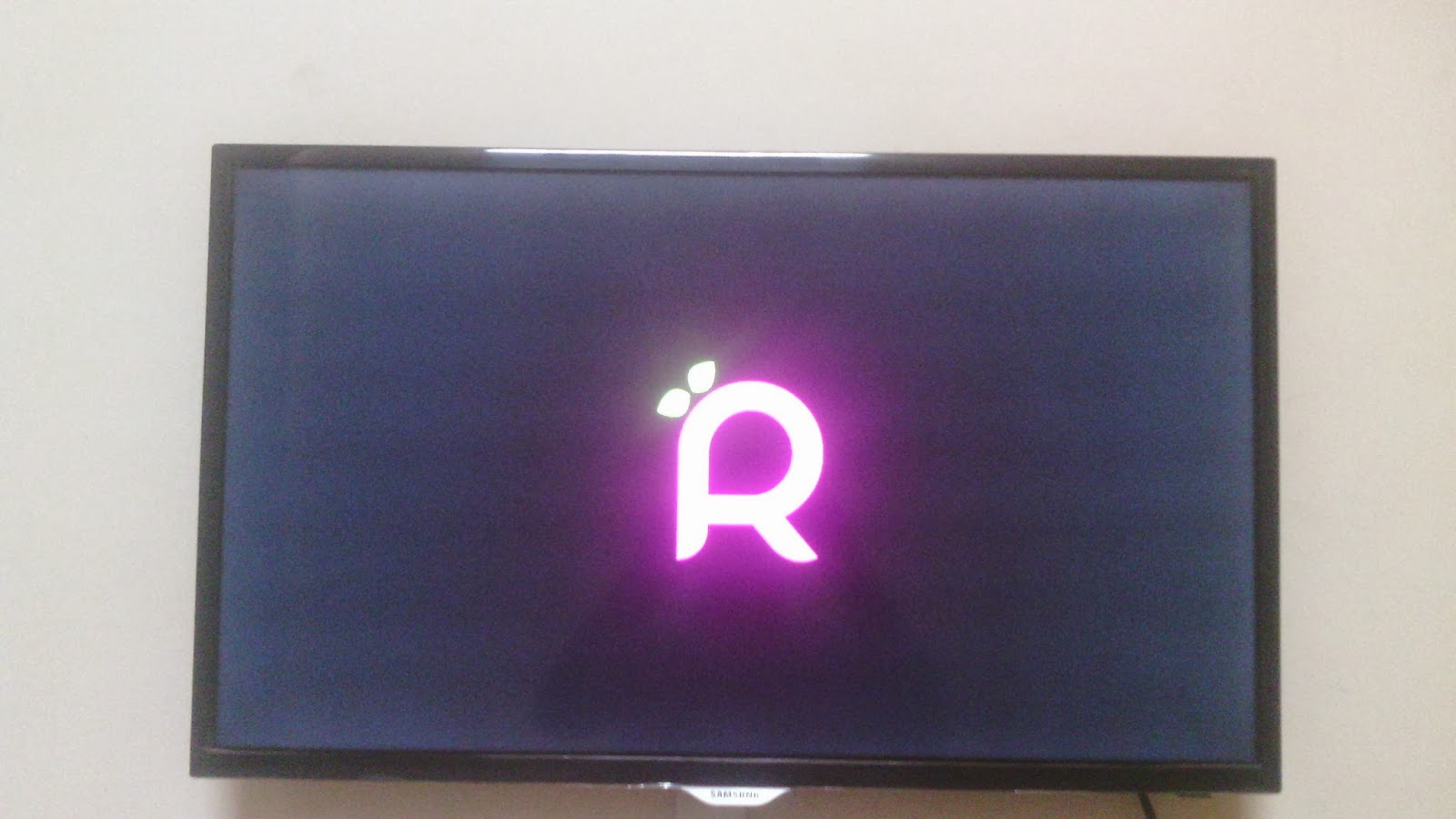AIM: To use Uniworld internet on multiple devices.
Ist method: Share internet from Laptop to other laptops and Cell phones (Android, Windows, IOS)
1. Login onto Uniworld Wifi from your laptop using the web browser.
2. Open command prompt with administrative rights and use the following 2 commands to create your own hotspot (no need of connectify software) on your laptop.
netsh wlan set hostednetwork mode=allow ssid=MyInternet key=qazxsw123
netsh wlan start hostednetwork
where, MyInternet is the desired network name you want to set and
qazxsw123 is the desired Wifi password you want to set.
3. Now open Network and Sharing centre in Windows 7 and note down the newly created wireless / local area connection name followed by a number 1 or 2 or 3. for example, mine is MyInternet: Wireless local area connection 2
4. Now right click on "Uniworld" network properties and select "Sharing" tab above.
5. Tick on "Allow other users to connect through this computer's internet."
6. Just below it "Select a private connection" select the one which you noted down in Step-3.
7. Now on your cellphones, or other laptops search for your Wifi name (MyInternet) you created and enter the password you had set in Step-2.
8. You should now be able to browse internet on both laptop and cellphones.
2nd method: Share Uniworld internet from Mobile to one Laptop.
Here you connect and login to Uniworld wifi on your cellphone and use USB cable from phone to PC / Laptop.
Once you log-on to Uniworld wifi through web page on your Android phone, just connect your phone to Laptop via USB cable and select USB tethering in Settings >> More >> USB Tethering.
Your laptop and Cell phone would both have the same internet.
Read more...
Ist method: Share internet from Laptop to other laptops and Cell phones (Android, Windows, IOS)
1. Login onto Uniworld Wifi from your laptop using the web browser.
2. Open command prompt with administrative rights and use the following 2 commands to create your own hotspot (no need of connectify software) on your laptop.
netsh wlan set hostednetwork mode=allow ssid=MyInternet key=qazxsw123
netsh wlan start hostednetwork
where, MyInternet is the desired network name you want to set and
qazxsw123 is the desired Wifi password you want to set.
3. Now open Network and Sharing centre in Windows 7 and note down the newly created wireless / local area connection name followed by a number 1 or 2 or 3. for example, mine is MyInternet: Wireless local area connection 2
4. Now right click on "Uniworld" network properties and select "Sharing" tab above.
5. Tick on "Allow other users to connect through this computer's internet."
6. Just below it "Select a private connection" select the one which you noted down in Step-3.
7. Now on your cellphones, or other laptops search for your Wifi name (MyInternet) you created and enter the password you had set in Step-2.
8. You should now be able to browse internet on both laptop and cellphones.
2nd method: Share Uniworld internet from Mobile to one Laptop.
Here you connect and login to Uniworld wifi on your cellphone and use USB cable from phone to PC / Laptop.
Once you log-on to Uniworld wifi through web page on your Android phone, just connect your phone to Laptop via USB cable and select USB tethering in Settings >> More >> USB Tethering.
Your laptop and Cell phone would both have the same internet.






















